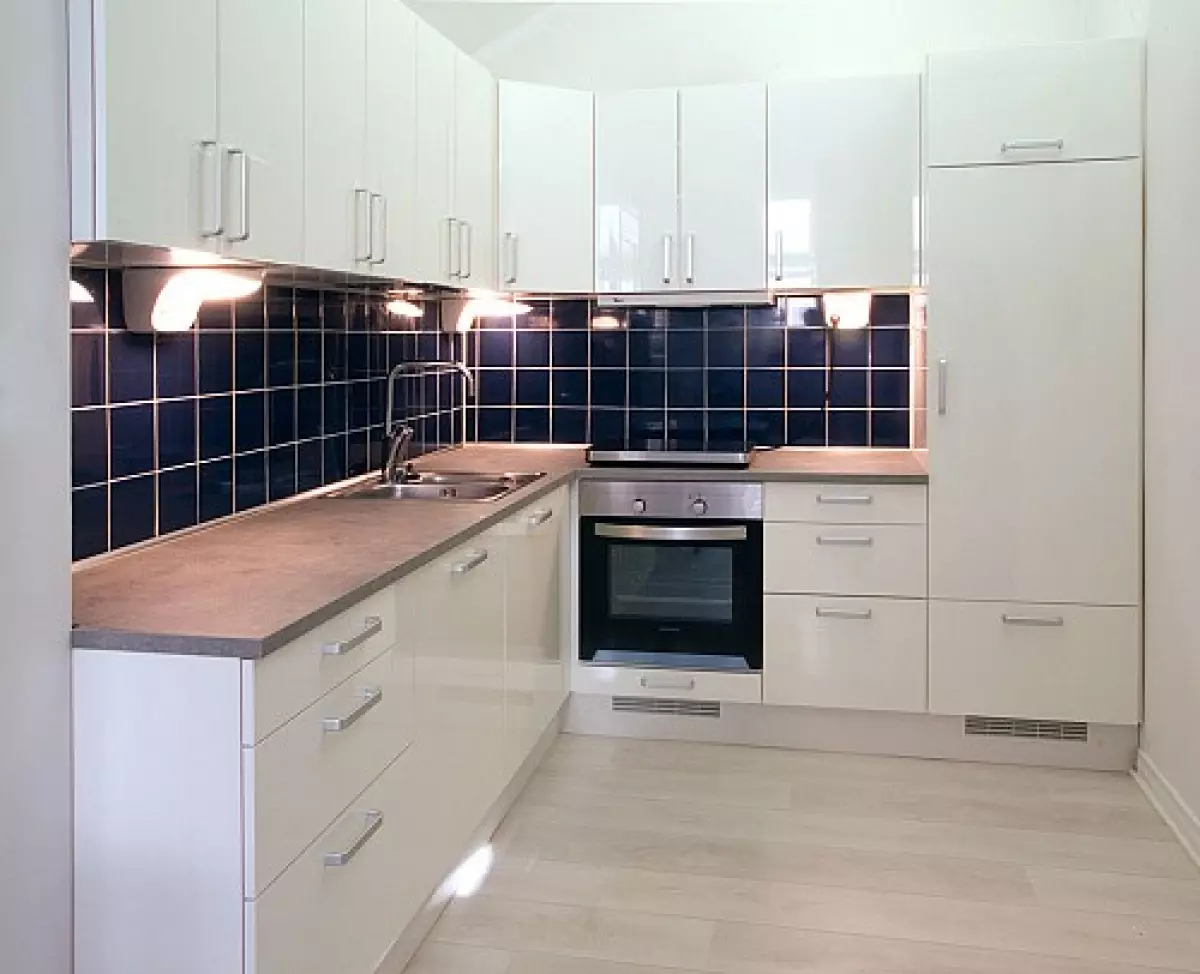Thermofoil cabinets may sound like the perfect solution for your kitchen or bathroom, but it's important to understand both the advantages and potential drawbacks of this type of cabinet finish. In this article, we'll delve into what thermofoil cabinets are, their pros and cons, and most importantly, how to properly care for them to ensure their longevity.
What is Thermofoil?
Thermofoil is a cabinet finish that involves applying a vinyl coating onto a base material using heat and/or pressure. The base material is usually medium-density fiberboard (MDF), which provides a cost-effective alternative to solid wood. Thermofoil cabinets come in various styles, from flat to beveled, and glossy to matte, making them a versatile choice for any kitchen or bathroom.
Pros and Cons of Thermofoil Finish
The benefits of thermofoil coating are easy to see. It results in a smooth, even, and visually appealing finish that is effortless to clean. Unlike wood cabinets, thermofoil cabinets never require painting or staining. Additionally, thermofoil cabinets are often more cost-effective than their wood counterparts, making them a popular choice for budget-conscious homeowners.
However, there are a few cons to consider. Thermofoil cabinets tend to be heavier than wood cabinets, which can make them more challenging to install, especially as a DIY project. Furthermore, thermofoil cabinets may not offer the same curb appeal as wood cabinets when it comes time to sell your home. But the most significant disadvantage lies in their vulnerability to heat and moisture damage.
Excessive heat and moisture can cause thermofoil to bubble, crack, and peel around the edges of doors and drawers. This susceptibility to heat and moisture makes thermofoil cabinets less suitable for kitchens and bathrooms, where these conditions are common.
Protecting Your Thermofoil Cabinets
To ensure the longevity of your thermofoil cabinets, it's essential to take preventative measures and protect them from potential damage. Here are a few tips to keep in mind:
-
Protect from heat and steam: Keep appliances that generate high heat and steam away from thermofoil cabinets. This includes indoor grills, high-heat slow cookers, instant pots, and bathroom wall-mounted heaters. Alternatively, consider using a heat shield to create a barrier between the cabinets and the heat source.
-
Ventilate: Proper ventilation is crucial in kitchens and bathrooms. Run the kitchen exhaust fan while cooking to help remove heat and moisture from the air. In the bathroom, use a fan that vents to the outdoors and keep it running during and after showering to minimize humidity levels.
-
Be cautious with self-cleaning ovens: If you have a self-cleaning oven, it's advisable to remove the cabinet doors before running the cleaning cycle. Alternatively, pull the oven outward to create a gap of at least 8 inches to prevent excessive heat from affecting the cabinets.
-
Handle with care: When cleaning your thermofoil cabinets, always use a soft, clean microfiber cloth. Avoid abrasive cleaning products and wax, as they can damage the vinyl finish. If necessary, lightly moisten the cloth with water for tougher stains, but never use excessive moisture.
Repairing Thermofoil Cabinets
Despite your best efforts, damage to thermofoil cabinets may still occur. Here are some tips on how to address common issues:
-
Act quickly: If you notice any bubbling, detachment, or signs of damage on your thermofoil cabinets, address the problem immediately to prevent it from worsening.
-
Fix minor damage with glue: If you catch the peeling early on, apply a small amount of water-resistant glue to reattach the thermofoil to the base material. This can help salvage the cabinet and prevent further damage.
-
Paint over the damage: For more extensive damage, consider painting over the affected area. Start by applying a bonding primer like Glidden Gripper, followed by painting the entire cabinet front. This can give your cabinets a fresh look while hiding any imperfections.
-
Replace doors: If your thermofoil cabinets are beyond repair, replacing the doors may be the best option. Hire a professional to custom-cut new doors to match the measurements of the old ones. The new doors can then be expertly spray-painted and refitted, giving your kitchen a brand-new appearance.
 Caption: Thermofoil cabinets offer a sleek and modern look.
Caption: Thermofoil cabinets offer a sleek and modern look.
Remember, proper care and maintenance are essential to maximize the lifespan of your thermofoil cabinets. By following these tips, you can enjoy their advantages while minimizing the risk of damage.

















